The University of Chicago Press, Chicago 60637
The University of Chicago Press, Ltd., London
1996 by The University of Chicago
All rights reserved. Published 1996
Printed in the United States of America
14 13 12 11 6 7 8
ISBN 978-0-226-21510-5 (e-book)
ISBN: 0-226-21511-3 (cloth)
0-226-21512-1 (paper)
Library of Congress Cataloging-in-Publication Data
The war in American culture : society and consciousness during World War II / edited by Lewis A. Erenberg and Susan E. Hirsch.
p. cm.
Includes index.
1. United StatesCivilization19181945. 2. World War, 19391945Social aspectsUnited States. I. Erenberg, Lewis A., 1944 II. Hirsch, Susan E.
E169.1.W273 1996
973.7dc20
95-35334
CIP
The University of Chicago Press gratefully acknowledges a subvention from Loyola University of Chicago in partial support of photographic reproduction and permissions costs of this volume.
 The paper used in this publication meets the minimum requirements of the American National Standard for Information SciencesPermanence of Paper for Printed Library Materials, ANSI Z39.481992.
The paper used in this publication meets the minimum requirements of the American National Standard for Information SciencesPermanence of Paper for Printed Library Materials, ANSI Z39.481992.
The War in American Culture
SOCIETY AND CONSCIOUSNESS DURING WORLD WAR II
EDITED BY
Lewis A. Erenberg and Susan E. Hirsch
The University of Chicago Press
CHICAGO AND LONDON
To
Jesse and Joanna
CONTENTS
LEWIS A. ERENBERG AND SUSAN E. HIRSCH
PERRY R. DUIS
GEORGE H. ROEDER JR.
LARY MAY
GARY GERSTLE
ELAINE TYLER MAY
LEWIS A. ERENBERG
JOHN W. DOWER
REED UEDA
CAROL MILLER
SUSAN E. HIRSCH
SHIRLEY ANN WILSON MOORE
EDWARD J. ESCOBAR
ALAN BRINKLEY
ACKNOWLEDGMENTS
Many people helped make this collection possible. First we wish to thank the contributors to The War in American Culture for all they did to make the original conference a success. Ever since we gathered at Loyola University in March 1992 for a series of wonderful and provocative panels, lectures, and discussionsas well as a typical Chicago blizzardthey have been unstinting and timely in meeting our many editorial demands.
We also want to thank Scott La France, co-curator of the Chicago Historical Society exhibit Chicago Goes to War, for his enlightening discussion of the exhibit. In addition, several of our colleagues in the History Department of Loyola University helped create the intellectual and scholarly atmosphere of the conference: Walter Gray, Ann Harrington, Cheryl Johnson-Odim, Theodore Karamanski, Janet Nolan, and Harold Platt. Most important, the late Robert McCluggage suggested the idea of a conference to commemorate World War II. The chair of the department, Joseph Gagliano, went out of his way to encourage and support both the initial conference and this volume. Russell Lewis eagerly agreed to have the Chicago Historical Society cosponsor the conference along with the Illinois Humanities Council and Loyola Universitys Endowment for the Liberal Arts. Dean Kathleen McCourt helped us come up with additional money.
Our editor at the University of Chicago Press, Douglas Mitchell, has been enthusiastic and encouraging in our efforts to turn these papers into a book. We received able help from his associate, Matt Howard, and from Alice Bennett, senior manuscript editor. Our research assistants, Julia Foulkes, Katie Dishman, and Scott Newman, were indispensable to its completion.
Finally, we dedicate this book to our children, Jesse and Joanna, as an expression of our profound hope that they wont have to study war no more.
INTRODUCTION
Lewis A. Erenberg and Susan E. Hirsch
Released in the heat of the most destructive war in history, the film Lifeboat (1944), directed by Alfred Hitchcock and scripted by John Steinbeck, reveals the crisis that World War II posed for American culture. Adrift in a lifeboat, survivors of a luxury liner torpedoed by a German submarine must face the central issue raised by the conflict: Can a divided democracy heal its internal differences of class, race, and ethnicity so as to defeat an external enemy, a monstrous Nazi superman bent on its destruction? A microcosm of America, the lifeboat is sharply split between the wealthy passengers of the liner, led by a businessman and a socialite photographer, and its crew, a radical Czech American merchant seaman, a black steward, and a German American sailor. Taking advantage of democracys failings, the ruthless Nazi submarine captain deftly divides and conquers to lead this ship of foolsa metaphor for the ship of statetoward ruin. In the end the passengers avoid catastrophe by submerging their differences, symbolized by the love affair between the socialite and the radical seaman.
In its depiction of a new American national ideal, Lifeboat parallels the ethnic platoon of World War II films in which upper-class Protestants, working-class ethnics, and African Americans cooperate in the nations defense. As Richard Slotkin points out, this vision of America was markedly more liberal, tolerant, and integrated than the one in which most of the movie audience lived. Lifeboat elevates Utopian melting pot values to the symbolic equivalent of a war aim. All could work together for a common political ideal, unhampered by ethnic, racial, or class differences. By showing the courage and humanity of the black steward, the film raised the question whether black Americans and other non

Figure 1. Were all in the same boat in this scene from Lifeboat: from left to right, the Nazi U-boat captain, the working-class merchant seaman, the celebrity photographer-reporter, the big businessman, the German American swing fan, the dazed mother of a drowned baby, the young English girl, the African American steward, and the English merchant seaman. Courtesy of the Academy of Motion Picture Arts and Sciences.
The contributors to The War in American Culture explore the way World War II represented a major turning point in American culture. It should be apparent that they all challenge the paradigm of World War II as the last good war. Instead, their essays focus on the tremendous but paradoxical effects the war had on American identity, racial and ethnic subgroups, and womens roles long after the conclusion of hostilities. With only one exception, the pieces included here were first presented at a public symposium held at Loyola University of Chicago on 2021 March 1992 commemorating the fiftieth anniversary of United States entry into World War II. The two-day conference, The War in American Culture, sponsored by the History Department of Loyola University, the Chicago Historical Society, and the Illinois Humanities Council, created a forum for scholars, students, and the general public to examine how World War II affected the nations political, social, and cultural fabric. Given this purpose, these essays focus less on international and military aspects of the conflict, important as they are, than on the much less examined territory of the home front and the meaning of the war in the lives of ordinary Americans. It is for these reasons that so much emphasis is placed on the everyday aspects of peoples lives and the popular culture that reveals so much about the consciousness of average people.
In raising questions about the good war as the organizing construct for understanding World War II, of course, the editors and authors are aware of the many reasons, at the level of popular understanding, why Americans believe the war was good. At its conclusion, the world had been liberated from fascism, the United States was the richest and most powerful nation on earth, and unlike its allies or its enemies, the country had not been physically and economically devastated. Having waged a necessary war of self-defense that ended in the defeat of international bullies, moreover, ordinary citizens could feel proud of their sacrifices. That the war ended the depression, ushered in an era of unprecedented prosperity, and brought the nations citizens together in a united effort only underscores the memory of this as the last good war and the last time Americans felt truly united as a nation.
Next page
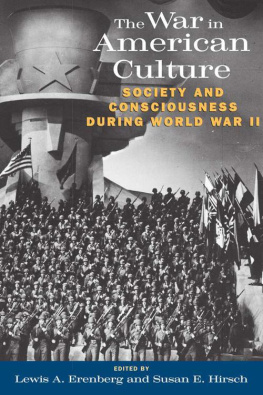

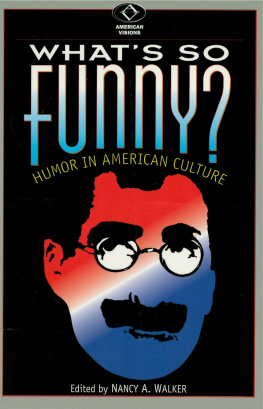

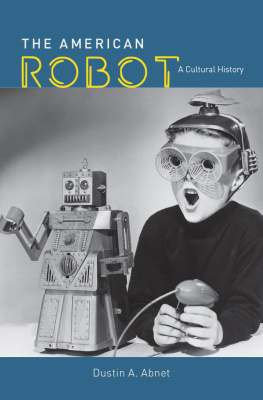
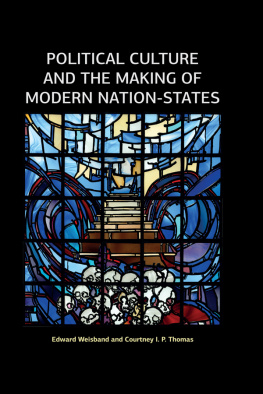
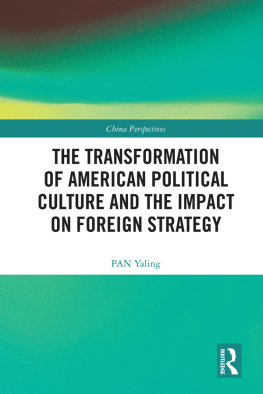
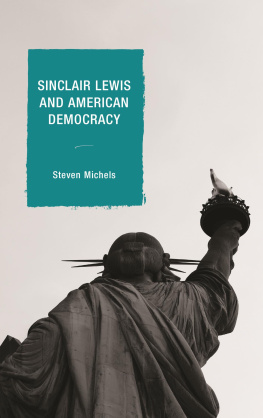
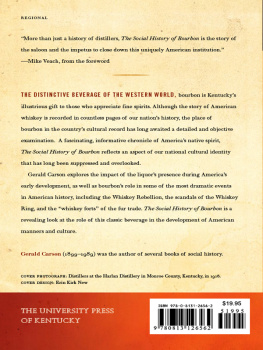
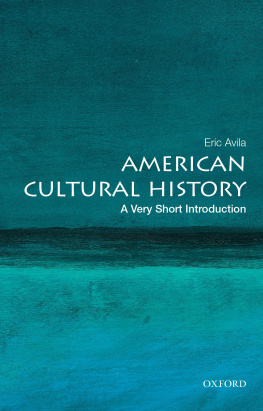
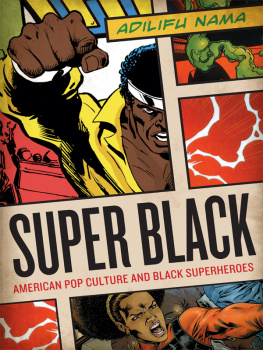
 The paper used in this publication meets the minimum requirements of the American National Standard for Information SciencesPermanence of Paper for Printed Library Materials, ANSI Z39.481992.
The paper used in this publication meets the minimum requirements of the American National Standard for Information SciencesPermanence of Paper for Printed Library Materials, ANSI Z39.481992.